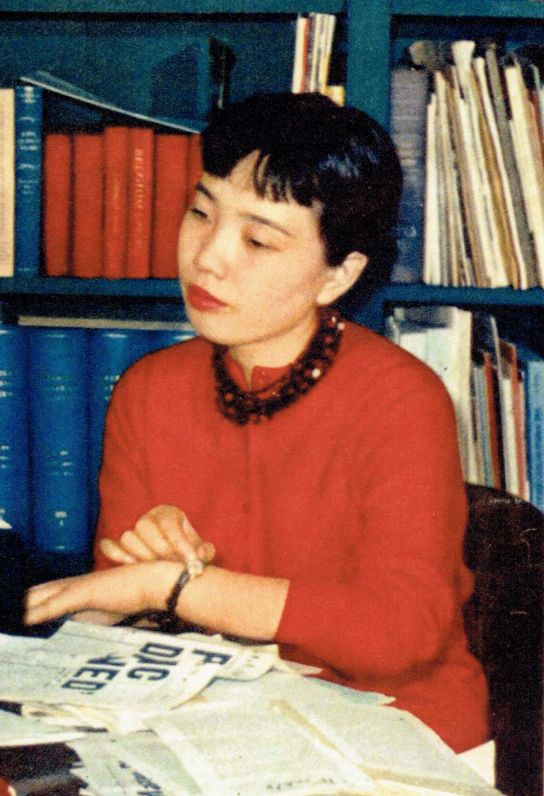‘The River Ki’ and the Legacy Left by Women
In her novel, author Sawako Ariyoshi questions what is passed down from woman to woman over three successive generations.

© Public Domain
Sawako Ariyoshi is considered to be the Japanese Simone de Beauvoir and, in The River Ki, the author explores the filial bonds that connect women to their mothers and their own daughters. She reveals how, over the years, certain traditions are repeated before being shattered, due either to a deliberate choice or a societal change.
In this short novel published in Japan in 1959, the reader follows three generations of Japanese women between the late 19th century and the end of the Second World War. They are all members of the Kimoto family, who hail from Wakayama valley in the south of the Kansai region. Hana, her daughter Fumio, and granddaughter Hanako are the protagonists in this story that sheds light on both family issues and the changes shaking up Japanese society, and their negative impacts on women’s status.
Between tradition and emancipation
Sawako Ariyoshi takes the reader inside the Japanese household, a terrain where power struggles occur between respect for age-old traditions and a desire for emancipation. These three women have thrown off their shackles, each one in their own way and through their choices, whether unconscious, voluntary or constrained. What could be taken for a little story in the grand scheme of history in fact says a great deal about what goes on in this country marked by war and forced to open itself up to the rest of the world.
The River Ki (1959) by Sawako Ariyoshi was published in 2004 by Kodansha.

© Folio
TRENDING
-
A House from the Taisho Era Reveals Its Secrets
While visiting an abandoned building, Hamish Campbell discovered photographs the owner had taken of the place in the 1920s.

-
The Taboo-Breaking Erotica of Toshio Saeki
The master of the 1970s Japanese avant-garde reimagined his most iconic artworks for a limited box set with silkscreen artist Fumie Taniyama.

-
With Meisa Fujishiro, Tokyo's Nudes Stand Tall
In the series 'Sketches of Tokyo', the photographer revisits the genre by bringing it face to face with the capital's architecture.

-
Masahisa Fukase's Family Portraits
In his series ‘Family’, the photographer compiles surprising photos in which he questions death, the inescapable.

-
Hajime Sorayama's Futuristic Eroticism
The illustrator is the pioneer for a form of hyperrealism that combines sensuality and technology and depicts sexualised robots.





